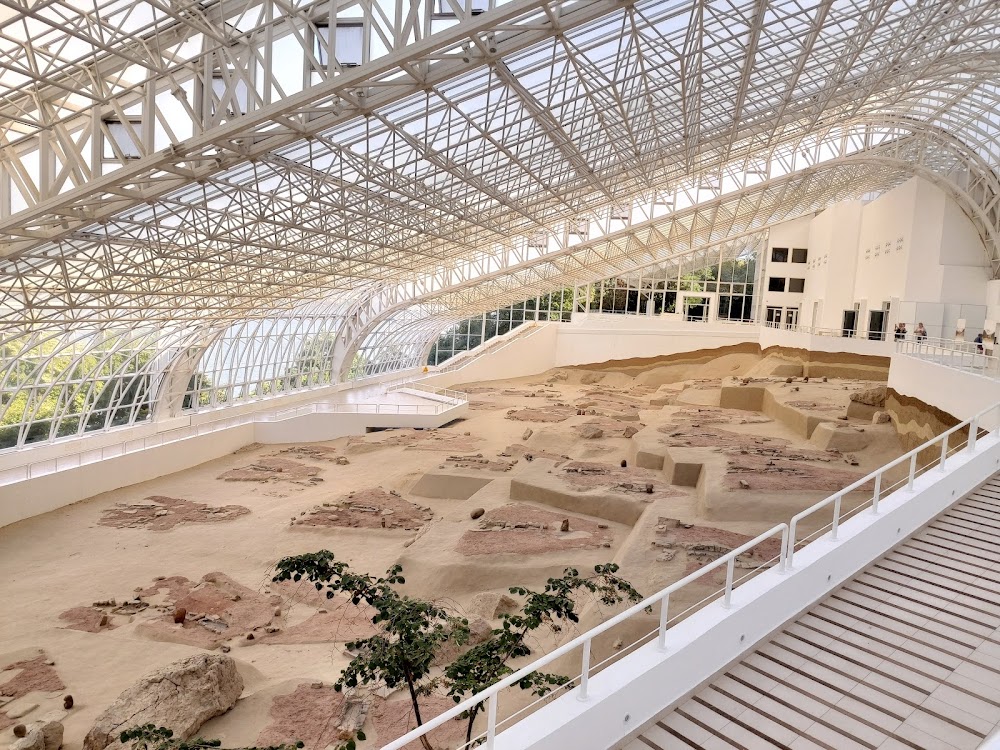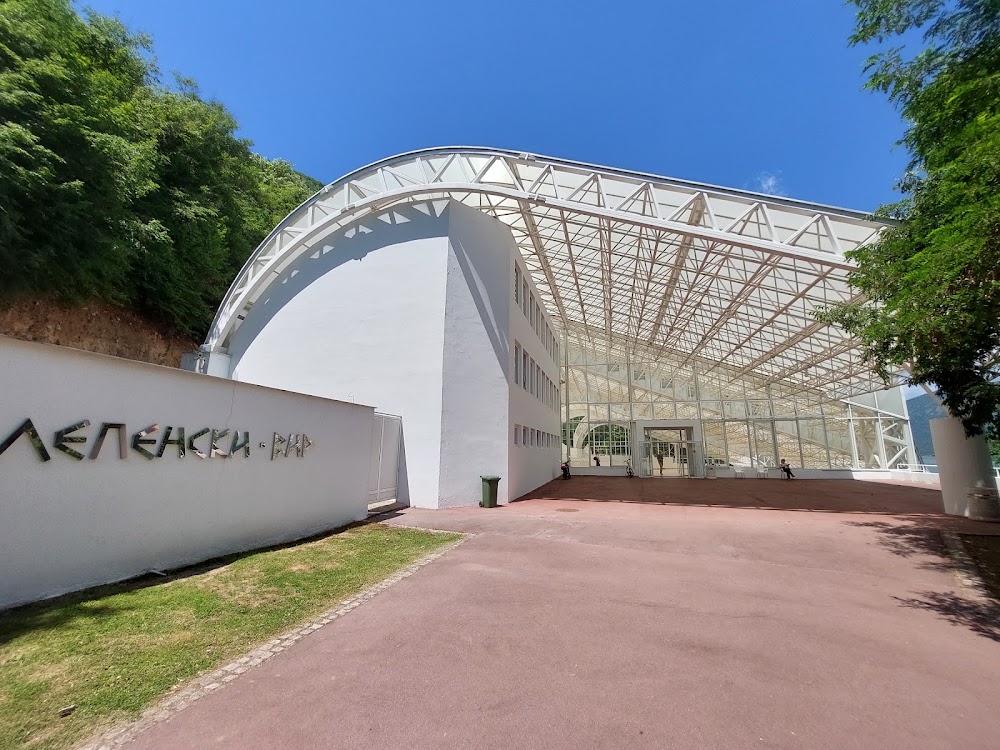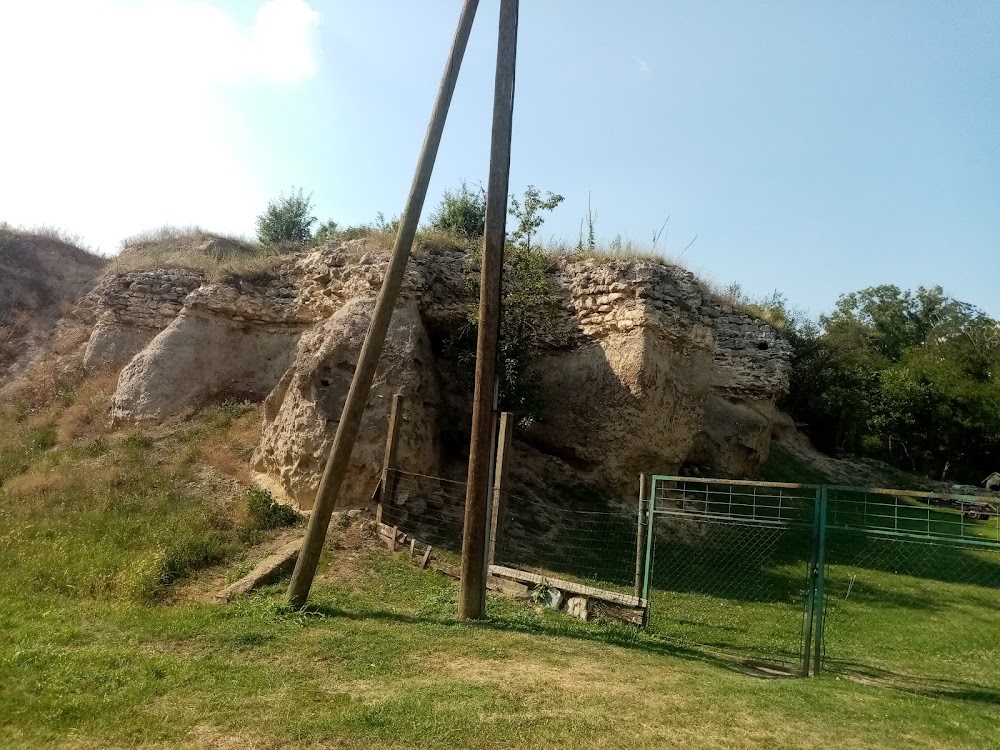Lepenski Vir (Лепенски Вир)
Related Places
Overview
Lepenski Vir is a mesmerizing archaeological site nestled in the picturesque Podunavlje District of Serbia, along the banks of the majestic Danube River. This prehistoric settlement, dating back to around 9500 BC, stands as one of Europe's most significant Mesolithic and Neolithic communities, showcasing a rich tapestry of human life and civilization that has flourished for millennia.
Unique Architecture and Organized Society
One of the most striking features of Lepenski Vir is its unconventional trapezoidal buildings. These remarkable structures, crafted meticulously from local stone and clay, are unlike any others from their time, suggesting a sophisticated architectural understanding. Their peculiar shape may have been designed to withstand the challenges of a riverside environment. The precise arrangement of these buildings points to a highly organized society, with each dwelling featuring a central fireplace that served dual purposes: cooking and ceremonial gatherings.
Intriguing Sculptures and Spiritual Significance
Another highlight of Lepenski Vir is the presence of intricately carved stone sculptures, often depicting figures that blend human and fish-like characteristics. Among these, the renowned "fish-god" sculptures stand out, reflecting the community's ingenuity and deep spiritual connection to the Danube River—the vital source of their sustenance. These artistic expressions provide fascinating insights into the beliefs and values of this ancient society.
Rediscovery and Preservation
Rediscovered in the mid-20th century, Lepenski Vir was first excavated in 1965 by archaeologist Dragoslav Srejović, significantly transforming our understanding of prehistoric Europe. The excavation revealed layers of habitation that showcased the community's evolution over thousands of years. However, the original site faced the threat of submersion due to the construction of the Iron Gate Hydroelectric Power Station on the Danube. To safeguard this invaluable cultural heritage, a massive operation in the early 1970s relocated the site to higher ground, preserving its rich history for future generations.
A Testament to Human Ingenuity
Today, Lepenski Vir stands as a testament to the ingenuity and spiritual life of ancient humans. Visitors to the site can explore reconstructed houses and view original artifacts displayed in the accompanying museum. This captivating location remains a source of fascination and scholarly research, offering profound insights into early human societies and their interactions with the surrounding environment.
Lepenski Vir tells a compelling story of ingenuity, adaptation, and reverence for nature. From its uniquely shaped dwellings to its mysterious sculptures, every element of this ancient settlement reveals a community deeply connected to the natural world. It serves as a captivating bridge to our past, reminding us of the rich tapestry of human history woven along the banks of the Danube.






